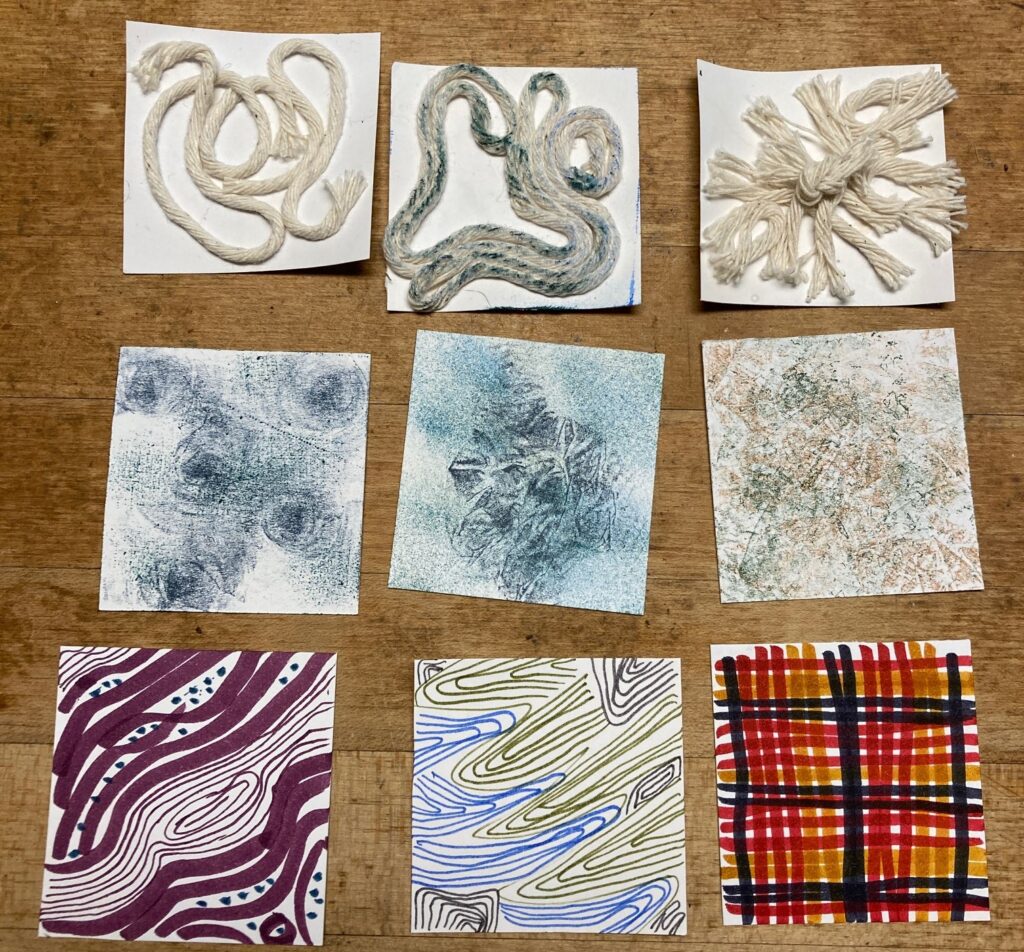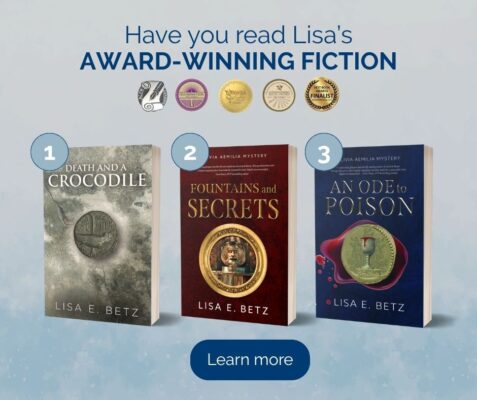More and more studies are confirming that creating stuff and interacting with the arts are good for you.
According to Your Brain on Art: How Art Transforms Us by Susan Magsamen and Ivy Ross, making or beholding art in its many forms relieves stress, reduces pain, helps heal trauma, enhances our immune system, boosts learning, and much more. The book cites study after study that documents the many ways creating stuff and interacting with the arts helps us heal, grow, and flourish.
What does this mean for you and me? It means dabbling in art, enjoying music, and spending time on creative hobbies is good for us.
If making art and creating stuff is so good for us, why don’t we do more of it?
Good question.
We busy adults don’t spend time creating stuff for a whole host of reasons. Here are some common myths that may keep us from joy and healing benefits of creative activities.
Myth 1: Creating stuff just for fun is a waste of time.
We’ve probably been taught since childhood that being productive is important. Therefore, we think arts and crafts are only valuable when we end up with a worthwhile product. We want something tangible to show for our efforts.
But that’s not what these studies are telling us. They confirm over and over again that it’s the Process of creating stuff that’s important, rather than the Product.
You see, when we create stuff, we’re engaging many different parts of our brains. These neural and physiological benefits arise from the act of creating rather than the end result. So, reframe your thinking and invest in your wellbeing by making creative activities a priority.
“Art is not a luxury for our downtime, but an important contributor to physical and mental well-being,”
from Your Brain on Art
Myth 2: I don’t have time for creating stuff
Yes, you do. Fortunately, we don’t need to spend large amounts of time to reap the benefits of creative activities.
“Just twenty minutes of doodling or humming can provide immediate support for your physical and mental state.”
from Your Brain on Art
Give yourself permission to enhance your mental and physical health by investing fifteen or twenty minutes to make art of some kind or another.
Myth 3: I’m not artistic
It doesn’t matter. Everyone can hum, invent a story, or pick up a pen and doodle.
Remember, the healing benefits of creating stuff don’t have anything to do with how “good” or “bad” your creation is. It’s the Process that counts.
“As the research tells us, you don’t have to be good at dance, or any art, for it to work on you.”
from Your Brain on Art
So, dabble or doodle without fear. If you don’t like what you’ve made, no worries. You can throw it away, because you’ve already enjoyed the benefits of making it.
Myth 4: I don’t have money for fancy art supplies
That’s OK. We don’t need them.
You can make stuff with whatever you have around the house. You can create stories or poetry with nothing but pen and paper, or dance and sing to your favorite music.
However, if you discover a creative hobby that sparks joy in your soul, go ahead and invest in your wellbeing by purchasing some supplies that will enable you to grow in that medium.

My challenge to you: Create Stuff, Two Inches at a Time
I ran across a website (mindfulartstudio.com) that challenged people to create a one-inch-by one-inch piece of art each day. I liked the concept of small, doable art, but one square inch seemed a bit tiny to work with, so I came up with my own variation on the challenge—the Two-Inch Art Challenge.
- Cut some card stock or other sturdy paper into squares that are about two inches by two inches.
- Find stuff around the house you can use to make art. Sidewalk chalk, crayons, yarn, paper clips, … My first attempt was using Elmer’s glue and some kitchen twine. (You can see the results above.)
- You may want to make three or four little squares at one time, so you can experiment and see how different techniques look. Do as little or as much as you like.
- Try to do something each day but give yourself grace if you miss a day. Just try again tomorrow.
Helpful hints
- If you tend toward perfectionism or worrying about the rules, I challenge you to cut your squares without measuring or drawing lines. Just eyeball it.
- I suggest starting with abstract designs. That gives you more freedom to create without judging yourself or being disappointed when the result doesn’t look like it was “supposed” to.
- You have permission to immediately put your squares in the trash can if you wish. Or you can save them for a while, to keep track of all the things you’ve experimented with.
Go forth and create!
Want more ideas? Check out this list of 50 creative activities.

